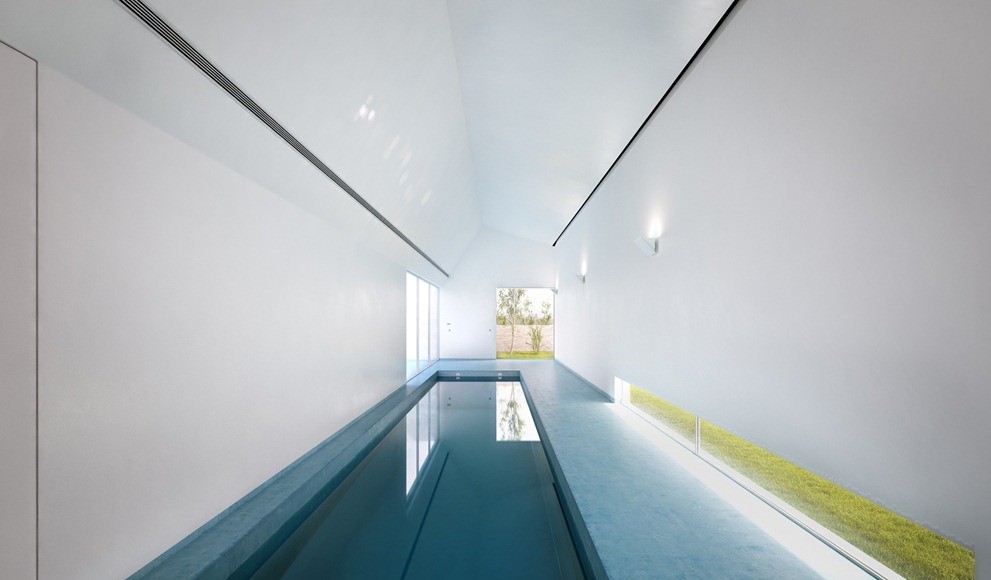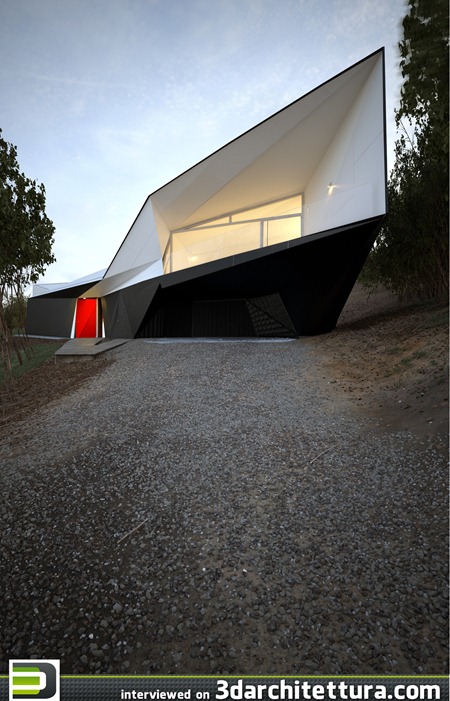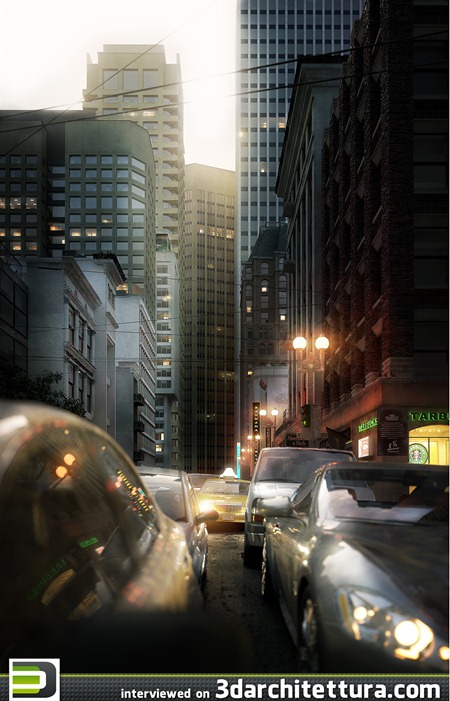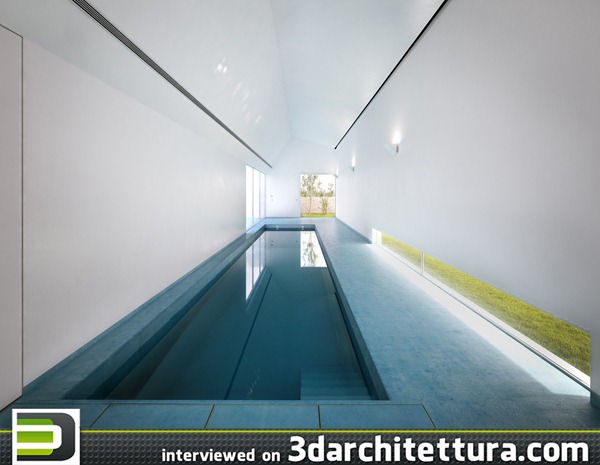Name: Federico Ciavarella
Age: 30
Job: Architect, freelance 3d visualizer
Country: Italy
Website: www.saedesign.it
Facebook
Behance
3DA: Why have you decided to work in 3d-field and when have you started?
FC: As an architect, at the university I realized how much importance 3d visualization has for architectural projects, this is mainly what pushed me to increase my knowledge about this field. In my opinion the success of every project proposal today is made for half from the idea and for the other half from the visualization, and this means that can’t exist a good visualization without a good idea behind. My activity started officially at the begin of 2012, so I’m pretty new in this field, I still have a long way to go.
3DA: Describe to our readers your usual workflow .
FC: I always ask as much information as possible from the client, especially reference images: the more information I have the better and easier my work will be. In the same way I proceed for personal work, reference images are essential for creating something good. At the moment all the work is made by me, with the supervision of my girlfriend, she’s architect too and teaching assistant about visualization at university. My works are made with 3dsMax + Vray and Photoshop, but I often also use Zbrush, Marvelous Designer 2, and After Effects. I use different plugins in my projects, mainly Multiscatter, Multitexture and Magic Bullet Photolooks for postproduction.
3DA. What was most difficult for you when you just started working in 3D? And what is now?
FC: I think the most difficult thing was and is understand what the client has in his mind, and even more difficult is to affect the customer’s ideas with my knowledge. Technically I believe that this work will become easier every day, and for me this is a good thing because more simple is the technical part of the work more attention we can put on the artistic side, the most important in my opinion.
3DA. Looking back on your education process what you would have changed now? And what you consider right and would do exactly the same?
FC: Definitely I would like to have a better photographic knowledge that is essential for doing well this work, confirmation of this is that the best visualization artist came from photography, like Bertrand Benoit and Peter Guthrie. About education I think the best way to learn is just hard work, experimentation, and constant hard research, I don’t believe much in 3d school. What I really like of my knowledge is the architectural side, a lot of visualizers have no idea of what it means to expose directly an architectural project to a client and never think about it when they work, they just think how it will looks on their website.
3DA: Which was the biggest problem that you faced working on a project and how have you solved it?
FC: The biggest problem is getting paid! and unfortunately it’s not a joke.
I can’t remember one particular bad situation, the problem are always the same: Clients that pretend a work of a month in just 3-4 days, or some clients that pretend hundreds of different test images for free. The biggest problem is to make understand to other people how much work, knowledge and money there are behind an image or an animation, in short, the true value of what they are buying.
3DA: What forecast you can make about the future of 3d-world in general?
FC: I’m pretty sure that the future will be dominated by animations. Architects and real estate have a lot of interests in this product, and with the increasing of computer power it will be more approachable. In my opinion this is a good thing because only people who work in this field could realize them, today there are too many architects who pretend to be 3d visualization artist with just a basic knowledge of Photoshop.



























